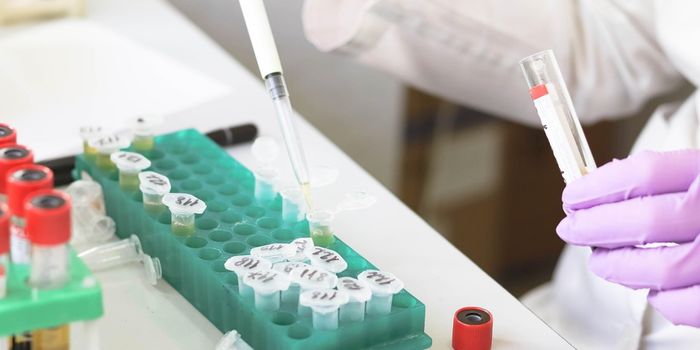A Portable Ebola Detector, 1000x More Sensitive Than Lab-Based Tests
Duke University scientists have created a highly sensitive Ebola virus portable diagnostic device, 1000 times more sensitive than the current standard. The new test delivers the results a full day earlier than the polymerase chain reaction (PCR) test typically used in diagnostic labs.
The Ebola virus, first discovered in the 1970s, is transmitted through direct contact with the blood, body fluids, and tissues of infected people and animals. The virus is also known to persist in certain body fluids even after recovery from the illness.
According to Ebola experts, identifying infected patients early is critical for managing outbreaks. These individuals are highly contagious, so the earlier a positive diagnosis is made, the sooner the patient (and those they have had contact with) can be isolated. Additionally, early interventions can be life-saving—treating patients with antibody-based Ebola therapeutics sooner can slash the fatality rate from 90 to just 10 percent.
On a practical level, achieving more efficient diagnostic procedures in Ebola-prone areas has been a challenge: the PCR test requires specialized equipment and trained personnel to perform it, is expensive, and takes around a week. To address these issues, scientists have explored the possibility of using lateral flow type assays, similar to the principle that powers over-the-counter pregnancy tests. While these check the boxes of cost-effectiveness and speed, they are considerably less sensitive. This means those in the earlier phases of infection can get a false negative readout.
Now, researchers are tapping into the best of both worlds, merging the advantages of PCR and lateral flow assays to create the D4 assay. This test quickly and accurately detects a protein produced by the virus early on during infection called the secreted glycoprotein, or sGP.
“Prior studies suggested that Ebola virus produces secreted glycoprotein at high levels early in infection to act as a decoy and distract the immune system while the virus replicates and binds to the host cells,” said Cassio Fontes, one of the engineers who worked on the project.
“We thought that if we could detect that, we could help facilitate earlier diagnosis, containment, and treatment during [an] Ebola outbreak.”
The D4 works using a hand-held detector called the D4Scope, which is powered by batteries and uses off-the-shelf components that can be replaced easily in the field. A drop of blood from the patient is applied to the chip (roughly half the size of a credit card), and any sGPs in the sample bind to antibodies on the device, emitting a fluorescent glow.
This has been a significant breakthrough in the field of Ebola diagnostics, says Fontes: “We’ve put the lateral flow assay to shame, sensitivity wise.”
“This is exciting because by understanding the biology of this virus, we’ve shown that there may be a target to look for where immunoassays like the D4 can outperform the PCR. It’s really breaking new ground.”
Sources: Science Translational Medicine, Global Biodefense.









